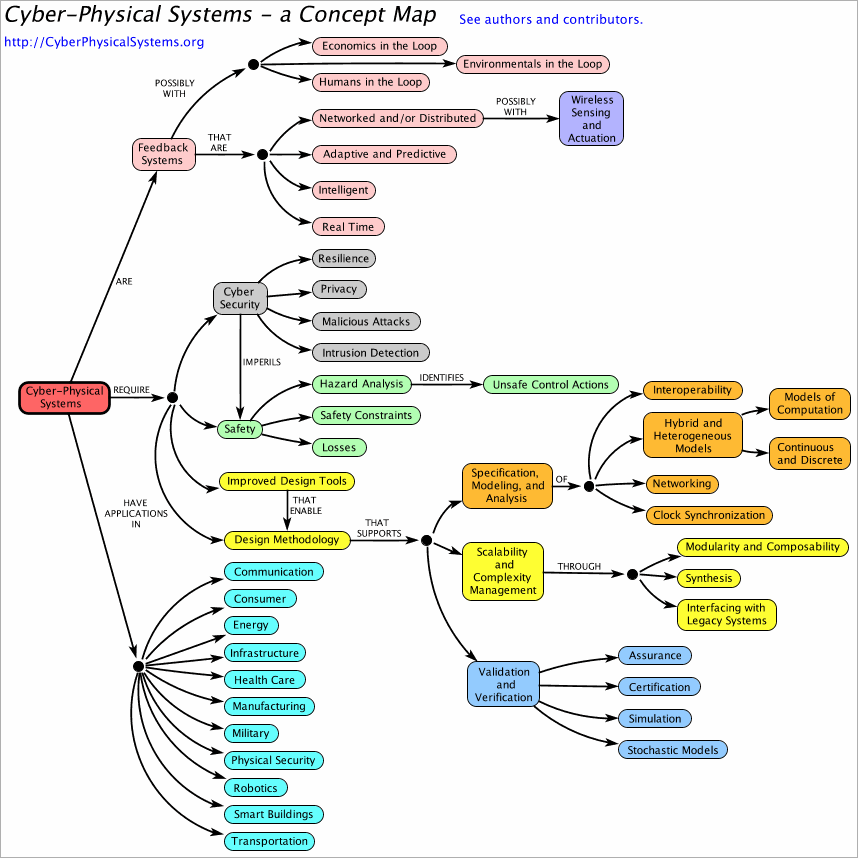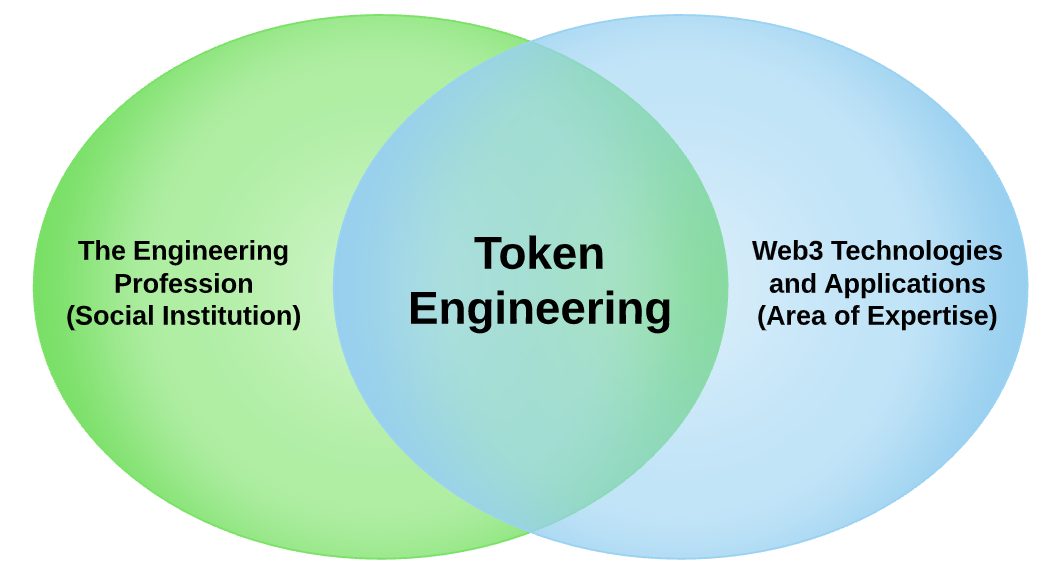Ethics as Mission and Motivation for the Token Engineering Commons
By Michael Zargham, originally published on the Token Engineering Commons Medium publication
Our community is a technology-abled social organization committed to the application of web3 technologies to achieve human-centric outcomes. Much like traditional engineering societies we engage in research, education, and standard setting in addition to designing, building and maintaining technological solutions.
As with any emerging technology there is still a lot of uncertainty around the practice of engineering web3 enabled systems but it is already clear that these systems are deeply entangled with social and economic systems, and thus have the potential for a deep and long standing impact on social institutions. With this in mind, our community coalesced around a shared commitment to the values upheld by the broader institution of professional engineering. While it remains unclear where the web3 technology stack will carry our society, we believe that this journey must be undertaken with a values first mindset.
The Professional Engineering Values System
Engineering Values according to Martin, M. & Schinzinger, R. Ethics in Engineering. NY: McGraw-Hill, 1983:
(1) a primary obligation to protect the safety of and respect the right of consent of human subjects;
(2) a constant awareness of the experimental nature of any project, imaginative forecasting of its possible side effects, and a reasonable effort to monitor them;
(3) autonomous, personal involvement in all steps of a project; and
(4) accepting accountability for the results of a project.
Engineering Values according to Pinkus, R. L. B, Shuman, L. J., Hummon, N. P., Wolfe, H. Engineering Ethics: Balancing Cost,
Schedule, and Risk — Lessons Learned from the Space Shuttle. Cambridge: Cambridge University
Press, 1997.
“The ethical engineer is one who is competent, responsible, and respectful of Cicero’s Creed II. Cicero’s Creed, engineering’s oldest ethic, directed engineers to place the safety of the public above all else.”
Engineering Values according to Wike VS. Professional engineering ethical behavior: a values-based approach. 2001
“Instead, I prefer a third scheme that focuses squarely on what is to be valued and not on questions of methodology or technical expertise. This scheme proposes that professional engineers (and for that matter, any professionals) share a commitment to these six values: integrity, respect for persons, justice, compassion, beneficence/non-maleficence, and responsibility.”
The Web3 Values System
Investors, Builders, and Early Adopters of web-based cryptographically secured social and economic infrastructure and applications have a wide range of beliefs and values but some key concepts form a common thread: privacy, transparency and agency.
At first blush, privacy and transparency are in direct tension, but this provides a fertile ground for discussing trade-offs. Agency then includes the right of humans to opt-in and out of web3 networks. Furthermore, opting-in does not require an intermediary, provided you are sufficiently technically inclined to manage your own infrastructure and/or private keys.
Another interesting tension arises in the pursuit of agency: in a network, participants are connected, so often one’s right to control their own actions can negatively impact others. At one level, protocols can be said to address this directly by providing an explicit specification of what actions are and are not acceptable within the network. However, at the level of governing these networks the boundaries of these rights are non-obvious.
The Ethereum hard fork after TheDAO hack is an example where the Ethereum Institution (humans) split over differences in values. The Ethereum Classic Community upholding a principle that the “code is law” and that actions taken in bad faith (exploiting a flaw in code to take someone else’s money rather than taking action to see the code secured) were to be upheld because the code itself was the deciding factor. The broader Ethereum community took extreme measures to reverse the malicious activity and initiated an irregular state transition, effectively removing the hackers funds to be redistributed to the affected parties. Neither was right in any absolute sense but the event was a very public exercise of a values judgement on the part of leaders in the Ethereum community.
For more on Web3 Values and History see: Voshmgir S. Token Economy: How Blockchains and Smart Contracts Revolutionize the Economy. BlockchainHub; 2019. (Now Open Source!)
For thoughtful criticism see Walch A. In Code(rs) We Trust: Software Developers as Fiduciaries in Public Blockchains; 2019. (Public link)
Reconciling Value Systems
At first glance, these value systems are in conflict. Simply, the authority of a traditional engineer is derived from the power of the nation-state to regulate its territory — most jurisdiction limit engineering activities that could affect public wellbeing to licensed professionals. However, the web3 value system is native to the internet, the social institution is extra-national and openly rejects the authority of the state to regulate it. Adherents to the web3 value system adhere to regulations out of pragmatism rather than in deference to those regulatory authorities.
Let us set aside for a moment the interpretation of the engineering profession as a social institution empowered by sovereign nations to design, build and maintain technological infrastructure. Instead let’s look at the engineering profession as a social institution empowered by the public to safeguard their well-being in the face of technologies so broad and deep that they cannot hope to understand it all, and thus cannot make educated judgements regarding their own individual safety.
Taking this latter perspective, it is possible to undertake the responsibility to safeguard the public good without first submitting to the authority of a sovereign state, and their right to regulate. This reconciles with the agency aspect of the web3 value system; in choosing which systems one opts into it is possible to select for those systems one believes have been created and maintained by persons adhering to a public-wellbeing-first values system. Though it may take time, we believe history tells us that people want to enjoy the benefits of new technology while the underlying complexity is abstracted away from them. This is only practical if their interests are safeguarded through social institutions like the token engineering commons (TEC).
A Path Forward
Upholding a value system is a journey not a destination; it can never be totally reduced to a set of methods and procedures but drawing on methods and procedures is a good place to start. In particular the Token Engineering community has been committed to improving design methodologies and associated tools drawing on the engineering subfield of Cyber-Physical systems (CPS). Wikipedia defines CPS as follows:
A cyber-physical system (CPS) is a computer system in which a mechanism is controlled or monitored by computer-based algorithms. In cyber-physical systems, physical and software components are deeply intertwined, able to operate on different spatial and temporal scales, exhibit multiple and distinct behavioral modalities, and interact with each other in ways that change with context.
Cyber-physical systems are further distinguished from the internet of things by its focus on higher order systems of systems which depend upon the application of expertise from multiple disciplines.
CPS involves transdisciplinary approaches, merging theory of cybernetics, mechatronics, design and process science. The process control is often referred to as embedded systems. In embedded systems, the emphasis tends to be more on the computational elements, and less on an intense link between the computational and physical elements. CPS is also similar to the Internet of Things (IoT), sharing the same basic architecture; nevertheless, CPS presents a higher combination and coordination between physical and computational elements.
Another authoritative source on Cyber-physical systems is the Ptolemy Project out of UC Berkeley. The CPS concept map makes clear how closely the considerations match with those of web3. It helps identify the areas that need the most development. My work at BlockScience and cadCAD.org aims to build out the yellow and orange portions of this map.

The following description of cyber-physical systems accompanies the concept map on the Ptolemy Project’s website:
Cyber-Physical Systems (CPS) are integrations of computation, networking, and physical processes. Embedded computers and networks monitor and control the physical processes, with feedback loops where physical processes affect computations and vice versa. The economic and societal potential of such systems is vastly greater than what has been realized, and major investments are being made worldwide to develop the technology. The technology builds on the older (but still very young) discipline of embedded systems, computers and software embedded in devices whose principle mission is not computation, such as cars, toys, medical devices, and scientific instruments. CPS integrates the dynamics of the physical processes with those of the software and networking, providing abstractions and modeling, design, and analysis techniques for the integrated whole.
In Voshmgir S, Zargham M. Foundations of cryptoeconomic systems, 2020, a case is made that following the definition of Cyber-Physical Systems, the web3 internet native social and economic infrastructure projects should be approached as Cyber-Physical systems. While CPS predates web3, it is also plagued by ethical questions as algorithms take the role of administering policies which directly impact human activities.
In Zargham, M, Nabben, K., Algorithms as Policy, 2020, comparisons are drawn between algorithm design in online platform and policy making activities. Although, these are new digital infrastructures, it is traditionally the role of (civil) engineers to represent the public in settings where policy manifests as technology, (historically in the form of physical infrastructure).
Following in the engineering tradition, the Token Engineering community has worked on design methodologies and associated design tools in a manner associated with system safety in complex engineered systems. The state of the art in the broader engineering domain can be found in Leveson NG. Engineering a safer world. The MIT Press; 2016.
However, the growing crisis of AI explainability and prediction algorithms creating self-fulfilling prophecies shows us that a level of techno-reflexivity is required to uphold a public-wellbeing-first values system. On an even grander scale, our existing public institutions have visibly failed to address systemic challenges such as global warming and acute public health crises.
A Trans-disciplinary Call to Action
As such we must look beyond the boundaries of our technical fields to experts in the humanities and social sciences with a particular need for those studied in ethics, law and governance. My hope is that the TEC community will be open to all who wish to take up the burden of safeguarding the public, not because a regulatory authority demands it, but because it is a role in society necessitated by the existence of technology.
About BlockScience
BlockScience® is a complex systems engineering, R&D, and analytics firm. Our goal is to combine academic-grade research with advanced mathematical and computational engineering to design safe and resilient socio-technical systems. We provide engineering, design, and analytics services to a wide range of clients, including for-profit, non-profit, academic, and government organizations, and contribute to open-source research and software development.


